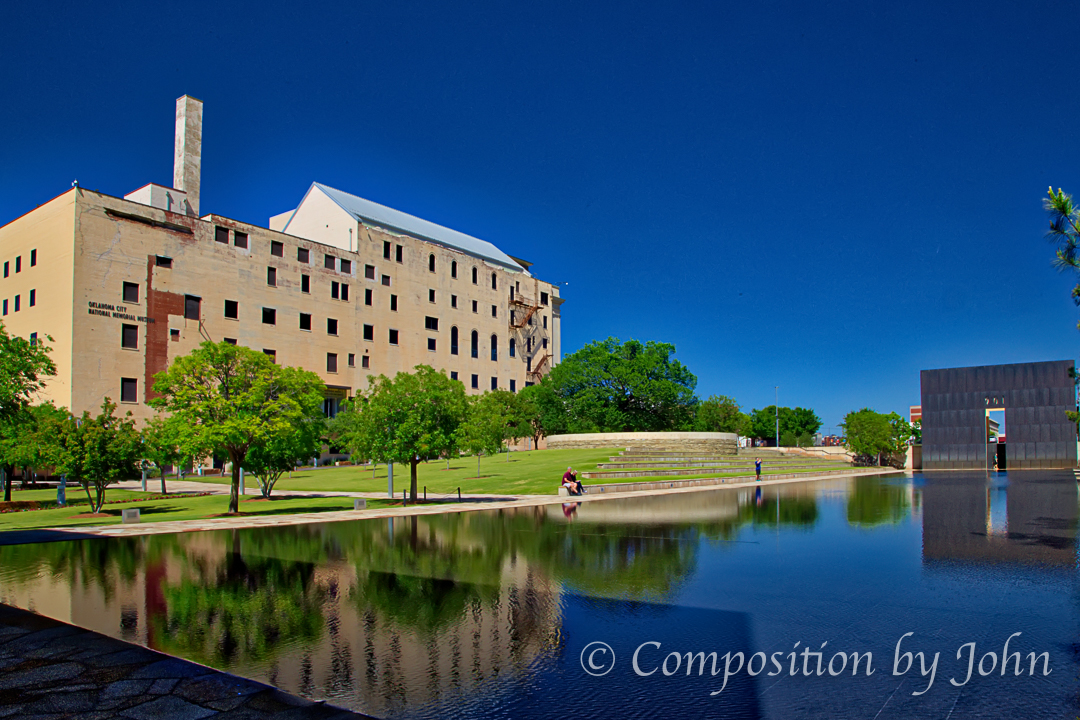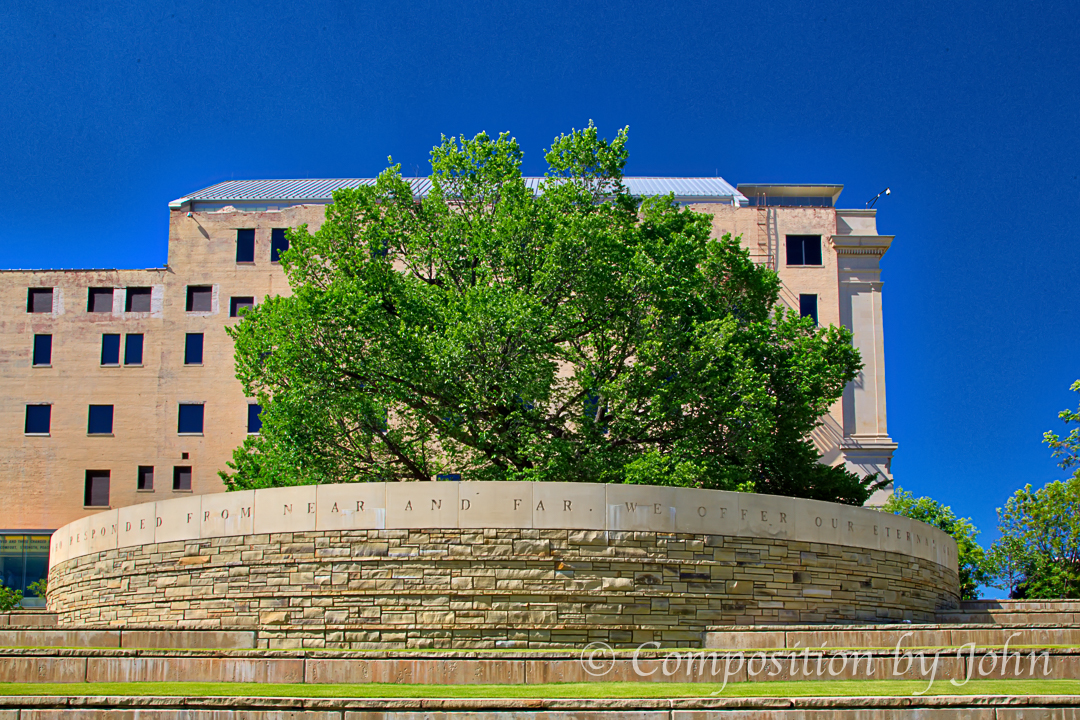Our tour of the central part of America was ending in early May 2017 and we looked east to Arkansas to determine what to explore next. Much to our delight we found Hot Springs National Park and headed to the the first piece of Federal Land set aside for recreation in 1832. For over 8000 years the indigenous peoples had enjoyed the unique hot springs before the Spanish and the French had claimed the area. The first American settlers were no different and this small part of Arkansas became a destination for many people troubled by sickness, pains, invalids, and others.
A resort community grew out of the initial log cabins that had troughs of hot spring water flowing from the mountain springs to nurture those that needed healing.
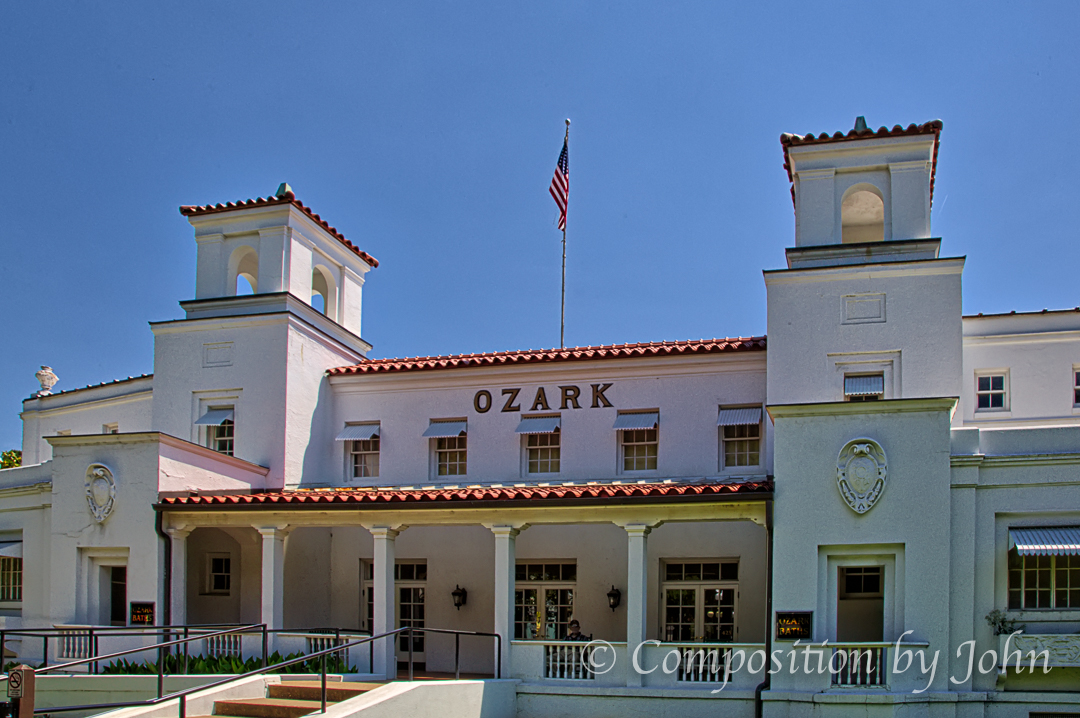
The Visitor’s Center of the National Park (formerly the Fordyce Bathhouse) is a fascinating walk back in time to see what a resort in the early 1900s would look like.
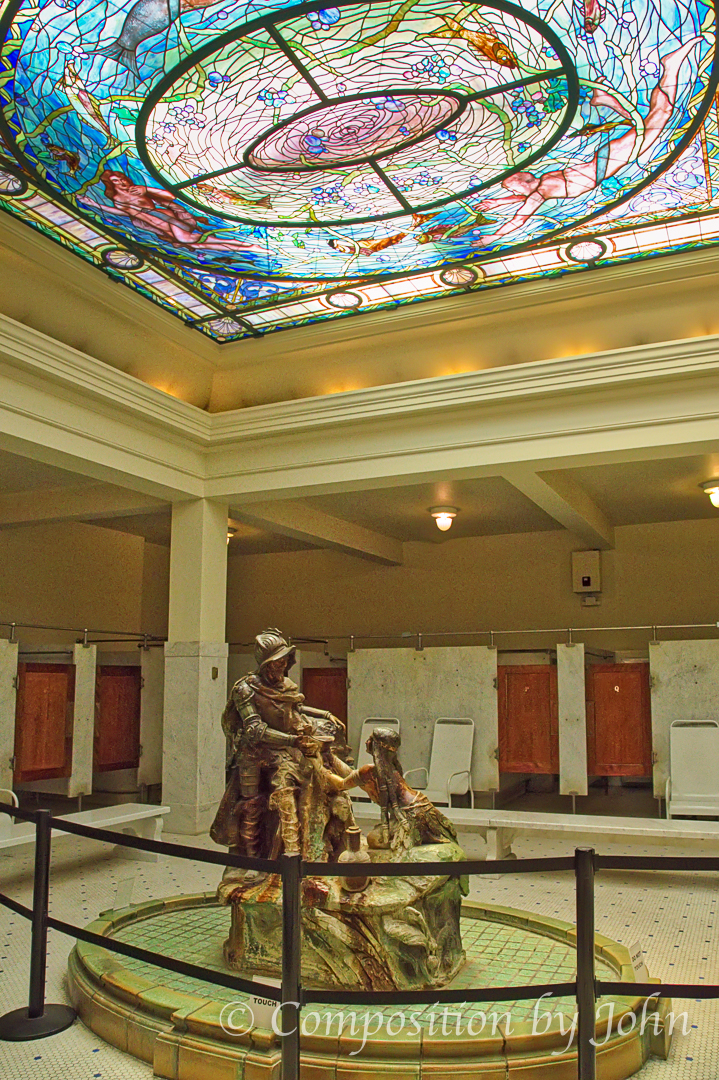
So what exactly came out of the ground to bring people from all over the world to bathe or drink it for thereputic value? The traces of minerals and the average termperature of 143F seemed to work on a variety of maladies and drinking the cooler springs containing different minerals helped in a similar manner. We did not hear any discussion that would explain how the water helped.
At first the rich and poor could come to the hot springs and avail themselves of the waters using primitive facilities but as the bathhouses started to cater to the wealthier clientele, the government created a a bathhouse for the indigent people. The government facilities in the late 1800s were sexually and racially segregated. African Americans were the main workforce at the private bathhouses even if they couldn’t use the private facilities (only the government subsidized one).
The Bathhouses provided many treatments, not just the use of the hot springs, but also rubbing mercury compounds on the body to cure syphilis. The water and steam treatments from the springs were applied in many different complex ways:
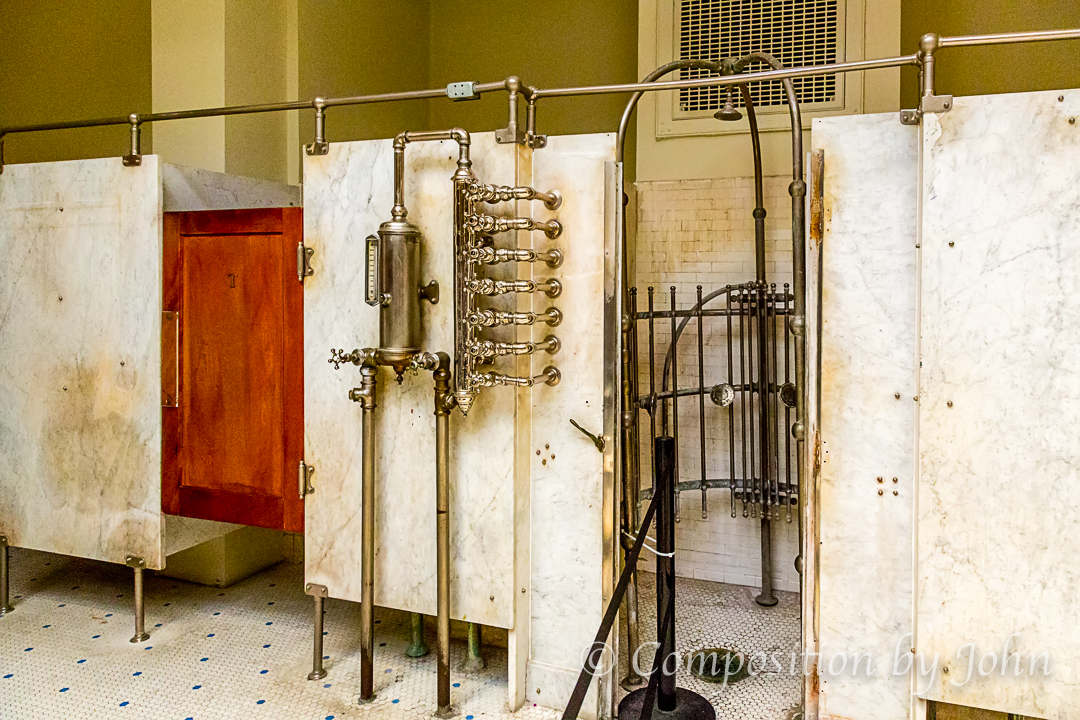
At various times the city of Hot Springs was declared as “The American Spa” and catchy phrases such as “Uncle Sam Bathes the World” or “The Nation’s Health Sanitarium” were used to describe this wonderful destination in Arkansas. Professional Baseball Teams conducted Spring Training in the area, a large Army/Navy Hospital was built here, and President Clinton’s childhood home was here.
The Visitor’s Center encouraged us to take some of their spring water home for free, indicating they were the only National Park that encouraged visitors to take a key resource home with them, lol.
The visit to the area was enriching to us in another important way. We met Janey and Bill at our campground and have kept in touch since, visiting them in Quartzite AZ this winter.

Thank you for reading our blog and please view more pictures at https://www.compositionbyjohn.com/Hot-Springs-National-Park
or at http://facebook.com/compositionbyjohn
John and Roni
